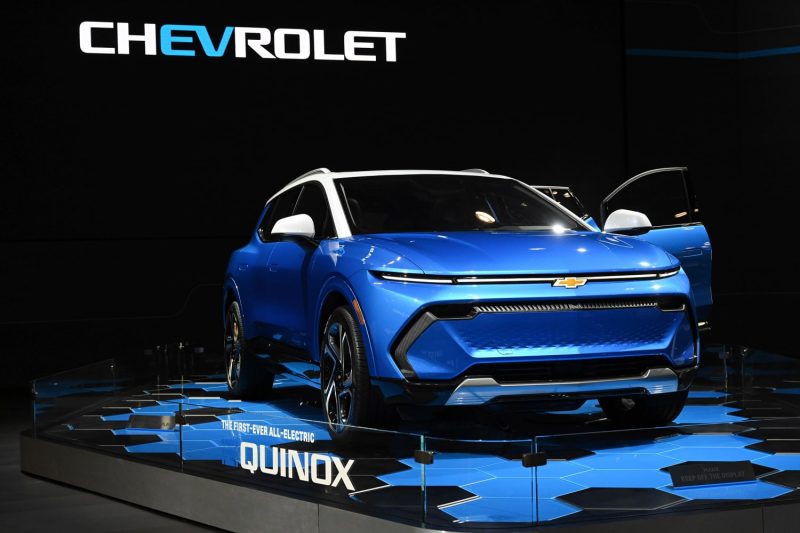The leading player in the automotive industry, General Motors (GM), finds itself in a peculiar position. Despite the escalating sales of electric vehicles due to changing consumer behaviour and stringent governmental regulations, GM is pulling back the reins on its electric vehicle plans. This decision, which follows a similar one in the recent past, sends a complex signal to the market that is still grappling with the transition from internal combustion engines to electric motor engines.
While GM’s sales have been growing, illustrating a positive consumer shift toward electric vehicles, it has once again chosen to decelerate its pace towards the electromobility goal, creating a unique paradox. Understanding this decision requires diving deeper into the challenges and intricacies of the EV market and GM’s strategic approach.
It is imperative to understand that the development and production of electric vehicles entail hefty investments. Manufacturing electric vehicles demand capital-intensive upgrades to existing production facilities, or in some cases, entirely new ones. Furthermore, technological advancements associated with battery development and other components of the EV also necessitate significant research and development expenditures. These investments can considerably strain the financial health of any company, including giants like GM.
Another key challenge to GM’s EV plans pertains to the supply chain, particularly poaching raw materials such as lithium and other rare metals needed for manufacturing batteries. The increasing demand for electric vehicles across the globe has strained the supply chain for these necessary materials, leading to a considerable surge in costs. These issues are aggravated by political and economic issues, including trade disputes and regulatory concerns, imposing further difficulties on securing a stable supply chain.
Then, there is also the question of infrastructure and market acceptance. Even though electric vehicles are gaining traction, the lack of a comprehensive charging infrastructure can still be a significant roadblock. This is especially true for markets that are in the early stages of EV adoption. Additionally, while the market is displaying an encouraging response to electric cars, the complete switchover from conventional vehicles to EVs still appears a considerable distance away. This is equally attributed to the customer’s range anxiety due to the limited range of current EVs and the higher up-front costs of electric vehicles when compared to internal combustion engine vehicles.
GM’s decision to slow down is not necessarily reflective of a disinterest to electrify the transport sector, but rather an indicator of careful strategy planning. The automaker appears to be taking a measured and pragmatic approach towards the transition, gauging the global market’s ability to adapt to this change both in terms of demand and infrastructure. It reflects their intent to maintain a tight balance between sustainable business practices and meeting customer demands.
While GM’s approach may seem cautious, it is not entirely out of sync with the broader automotive industry. The transition to EV is indeed inevitable, necessitated by the imminent threat of climate change and the need to reduce carbon footprints. However, the pace at which this transition occurs is still a topic of much debate. It is a delicate process, and the challenge lies in balancing the financial viability with the environmental urgency.
By acting cautiously, General Motors is maintaining its commitment to move towards a sustainable future but is also ensuring that it does not overextend itself in a still-developing market. After all, the company has to balance shareholder expectations with its strategic vision. At the same time, slowing down electric vehicle plans may also provide an opportunity for GM to observe the market trends and adjust its strategic moves accordingly.
In summary, while GM’s decision does raise a few eyebrows, it presents a prudent business approach to a market that is still transitioning and maturing. Shaped by a multitude of factors, including financial pressures, supply chain complexity, infrastructure deficits, and nascent market acceptance, their choice reaffirms their care in playing the long game, revealing a side to the corporate strategy often overshadowed within the breakneck rush of the industry’s electric switchover.




